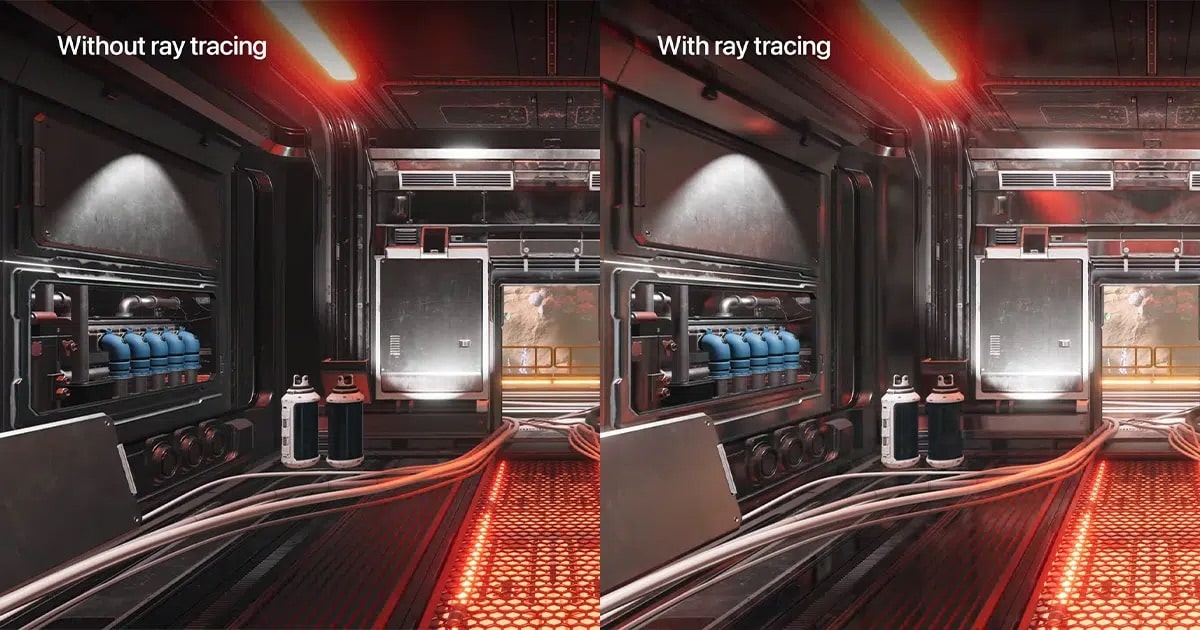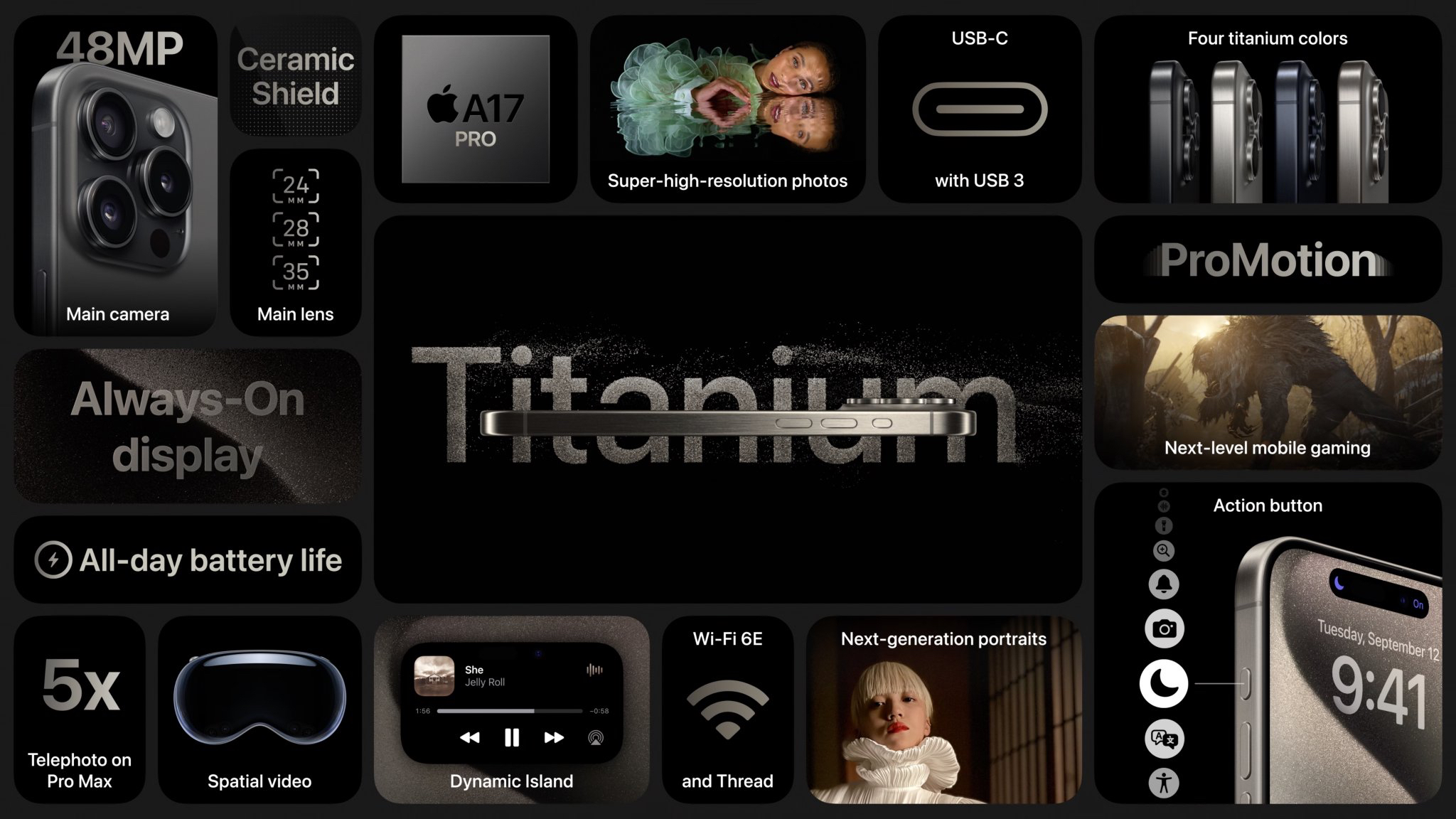The recent “Wonderlust” event served as the launch pad for Apple’s iPhone 15 Pro and iPhone 15 Pro Max, both boasting groundbreaking ray-tracing capabilities. Made possible by the advanced A17 Pro chip, which houses a six-core GPU with specialized ray-tracing acceleration, these capabilities mark a transformative step for mobile gaming.
Ray tracing is a computational technique that mimics the behavior of light in the physical world, yielding highly realistic and immersive graphics in gaming and other digital applications. The A17 Pro chip’s ray-tracing power is said to be four times quicker than that of its predecessor, the A16 Bionic chip featured in the iPhone 14 Pro models.
Apple has indicated that ray tracing will significantly uplift the graphical features of games and other apps. The technology can render more lifelike reflections in materials like water or glass and generate realistic shadows from objects.

Additionally, ray tracing can enrich the appearance of 3D models and animations. Here are some areas where ray tracing shines:
- More Realistic Graphics: By simulating natural light behavior, ray tracing elevates the visual elements of games. This results in more authentic-looking shadows, reflections, and lighting effects
- Enhanced Immersion: The capacity to produce realistic shadows and reflections also enhances game immersion. These intricacies create a more believable game environment, deeply engaging the player
- Optimized Performance: Despite being resource-intensive, the A17 Pro chip has been engineered to handle ray tracing without compromising on game performance. Hence, users can expect a smooth gaming experience, even with ray tracing activated
Ray tracing is a pivotal advancement for the iPhone 15 Pro models, making them the first in the iPhone line-up to support hardware-based ray tracing. This will enable these devices to offer more visually captivating and absorbing graphic experiences.
In addition to ray tracing, the A17 Pro chip also features multiple advancements over the A16 Bionic. These include a new 3-nanometer process for enhanced performance and efficiency, as well as a revamped Neural Engine capable of handling 35 trillion operations per second.

Lastly, Apple revealed that several upcoming games, including titles like Assassin’s Creed Mirage and Resident Evil Village, will specifically support the ray-tracing capabilities of the iPhone 15 Pro and iPhone 15 Pro Max.













